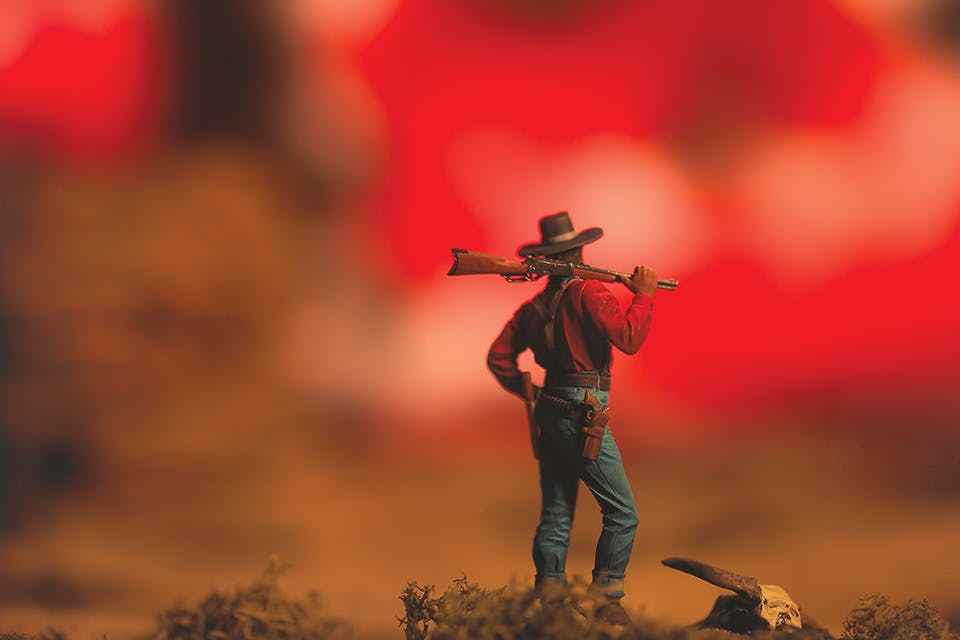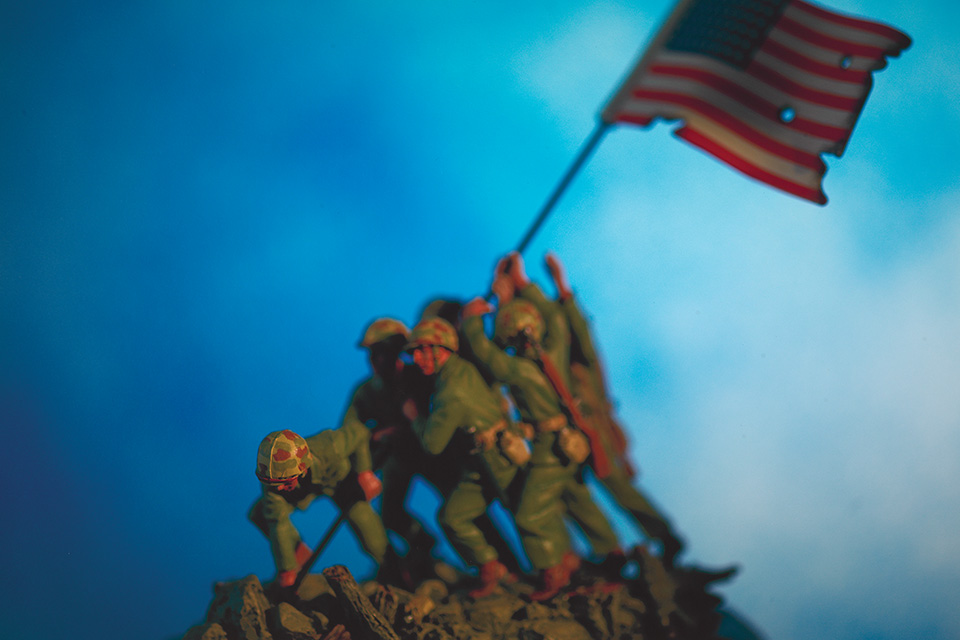Arts
‘American Myth & Memory: David Levinthal Photographs’ in Dayton
Artist David Levinthal’s intriguing photography merges American myth and memory. It is the focus of a fall exhibition at the Dayton Art Institute.
Related Articles

New Book Details Origins and Evolution of Dayton’s Carillon Historical Park
The destination’s vice president of museum operations Alex Heckman and curator Steve Lucht wrote the 222-page, hardbound coffee-table book. READ MORE >>

See ‘Heartland: The Stories of Ohio Through 250 Objects’ in Lancaster
The Decorative Arts Center of Ohio hosts an artifact-focused exhibition that tells the story of our state through a collection of family keepsakes and iconic inventions. READ MORE >>

Restoration Begins on George Sugarman’s ‘Cincinnati Story’ at Pyramid Hill Sculpture Park
The colorful, iconic sculpture is undergoing restoration ahead of a 2026 public rededication. READ MORE >>




